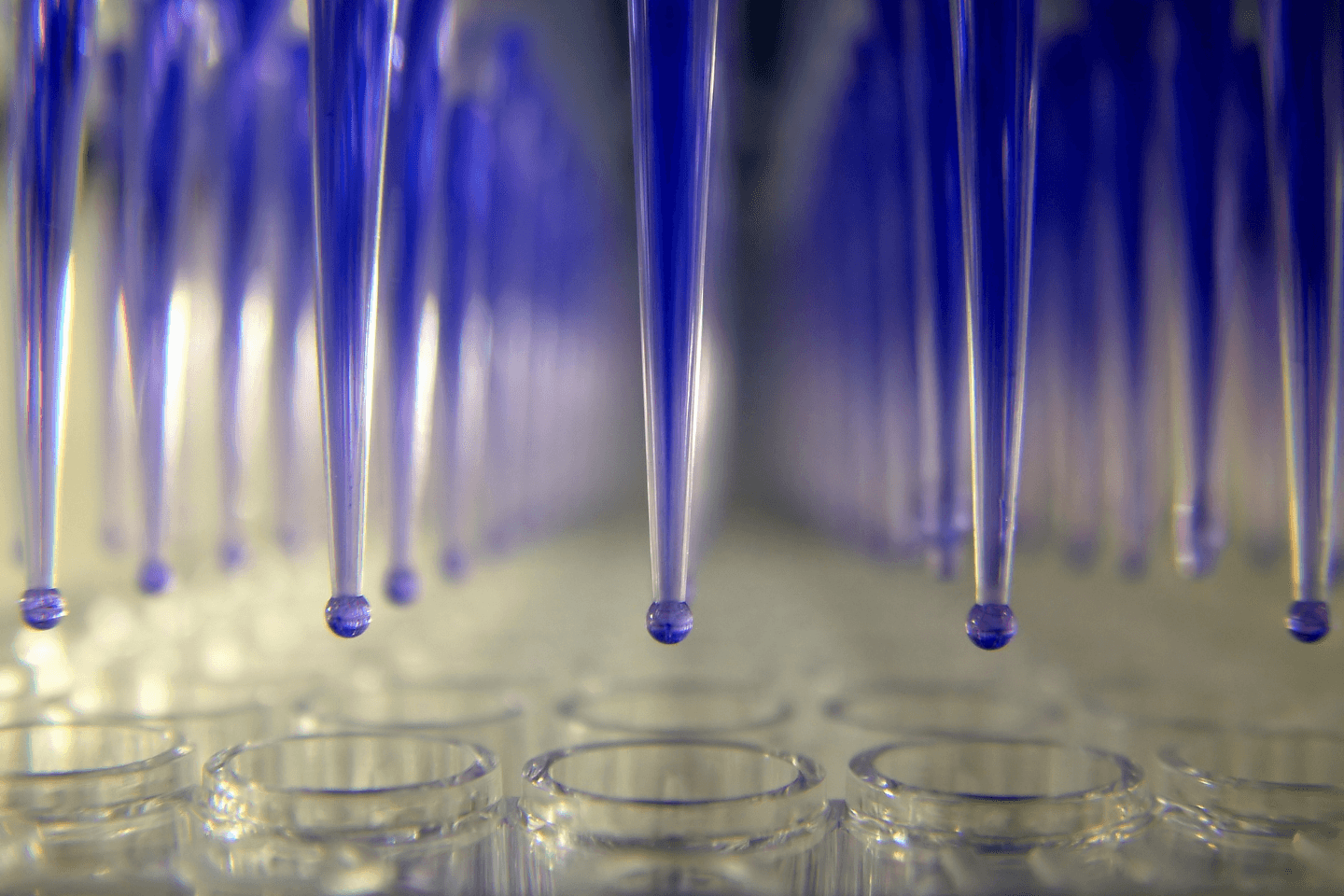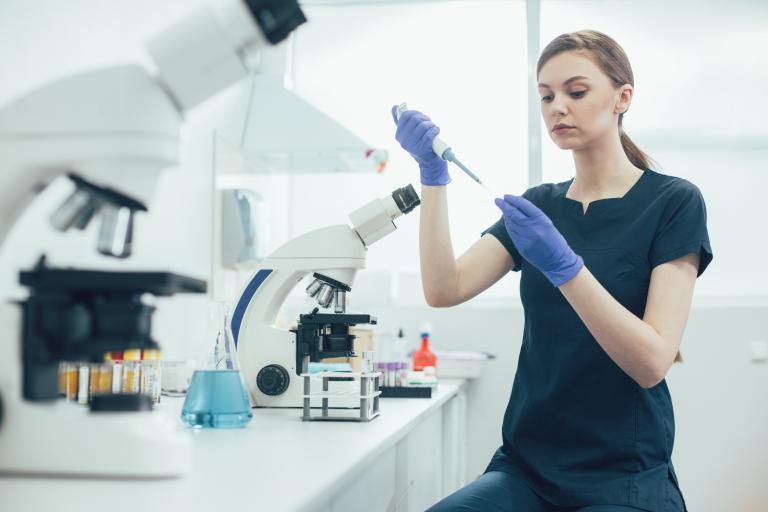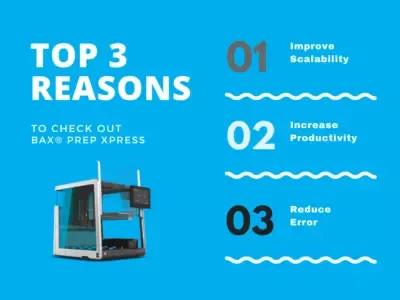
Corporate
Four Ways PCR Automation Can Increase Laboratory Productivity
Microbiology testing labs are constantly facing the challenge of how to increase efficiency, eliminate unnecessary costs, and reduce turnaround time to results. With an increased need for rapid testing with short turnaround times, this has become quite challenging. The only solution is to streamline the laboratory workflow while maintaining full sample and results traceability. In the past, laboratory technicians spent hours preparing culture media, preparing sample buffers, and manually handling one sample at a time. Over time, some of these activities became a bit easier, with the offer of prepared media and buffers and multi-channel pipetting for handling 8-12 samples at once. However, these came at a cost to the laboratory and still did not improve efficiency significantly. In addition, laboratory technicians still had to manually prepare samples and count colonies after incubation then manually enter results into a database to generate a report, taking significant time and prone to error whether in pipetting, counting, or data entry. With recent advances in technology, these traditional, labor-intensive processes can be transitioned to more automated, streamlined workflows. By moving to automation and specifically moving to PCR automation rather than traditional plating, 4 main benefits can be gained. The increased workflow is due to the following
1. Elimination of Manual Processes
Sample preparation, pipetting, plating and placing plates into the incubator can now be transitioned to sample preparation with robotic pipetting for microtiter plate preparation, rather than culture plates. This reduces the risk of human errors in sample handling and pipetting.
2. Reduction in downtime due to labor shortages or employee turnover
Automation systems can take the place of having to train new technicians on laboratory methods for sample preparation and plating. In addition, laboratories short on staff can still work efficiently by allowing the automation equipment to prepare samples while the technicians on hand can be running other key tests in the laboratory.
3. Elimination of plate counting and manual data entry
Not only does this prevent counting errors and typing mistakes, but it also saves space in the lab as no large areas for plate counting are needed.
4. Simplifies collecting and analyzing sample test results
Using PCR automation for sample preparation and then real-time PCR assays for analysis, all sample details and results are captured in a database where results can be saved, stored, analyzed and shared with the customer. When it comes to microbiological laboratory testing, a multitude of complex, time-consuming workflow processes are needed. By smartly evaluating the labs’ need for automation to streamline these workflows, consider automation solutions such as the BAX® System and BAX® Prep Xpress to handle the most tedious tasks, such as sample processing. Hygiena™ can assist you in getting this workflow set up in your laboratory. Learn more about the BAX® System and BAX® Prep Xpress.
Learn more about automation, get in touch today!

